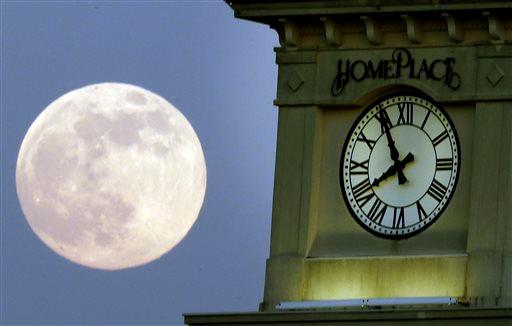We live in interesting times. For thousands of years, we have thought we knew what the universe – and everything in it – was made of: normal matter, the kind that make up the elements of the periodic table.
However, the discovery in the 1990s of a completely unknown force dubbed dark energy that makes up 70% of the cosmos – causing it to expand at an accelerated rate – has taught us to be humble. Since then, astronomers have begun investing billions of pounds in experiments which aim to find out what this mysterious phenomenon is. What they discover is guaranteed to change physics forever.
What’s Happening Now?
From the mountaintops of Chile and Hawaii, several telescopes have so far been retro-fitted with new cameras that are beginning to make maps of large areas of the sky. The Kilo Degree Survey, the Dark Energy Survey, and the HyperSuprimeCam Survey are all mapping about 10% of the sky in visible light.
The idea is to look at how galaxies and other structures are clustered across the sky. One way to do this is to measure “weak lensing”, an effect where the light from distant galaxies is distorted by matter on its way to us, which unveils the scaffolding of matter in the universe. Dark energy has an impact on this because it stops the matter clumping together, which pushes everything apart. This can also be measured by looking at spectra, which separates starlight into its constituent wavelengths much like a prism does with sunlight, from galaxies.
Another measurement technique is based on tracking supernovae, bright flashes of light that we observe when massive stars die. Because the physics of stars is relatively well understood, the amount of light that is emitted can be determined very accurately. Therefore by measuring the brightness of supernovae their distances can be measured, helping us track how they move as a result of the expansion of the universe.


